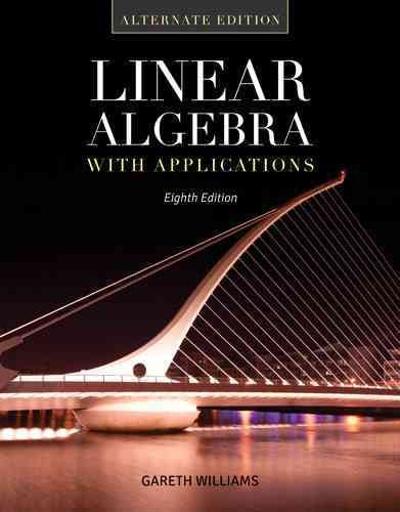Answered step by step
Verified Expert Solution
Question
1 Approved Answer
The following data represents the age of 30 lottery winners. Given the frequency distribution for the data, Age Frequency Relative Frequency Cumulative Relative Frequency [20,29]
The following data represents the age of 30 lottery winners.
Given the frequency distribution for the data,
| Age | Frequency | Relative Frequency | Cumulative Relative Frequency |
|---|---|---|---|
| [20,29] | 3 | 0.1 | 0.1 |
| [30,39] | 2 | 0.0667 | 0.1667 |
| [40,49] | 8 | 0.2667 | 0.4334 |
| [50,59] | 7 | 0.2333 | 0.6667 |
| [60,69] | 2 | 0.0667 | 0.7334 |
| [70,79] | 7 | 0.2333 | 0.9667 |
| [80,89] | 1 | 0.0333 | 1 |
What is the frequency of lottery winners of age between 19 and 40? What percentage of lottery winners are 70 years or older? % What is the relative frequency of ages under 40? What is the cumulative relative frequency of lottery winners younger than 50? Which graph shows the cumulative relative frequency?
Step by Step Solution
There are 3 Steps involved in it
Step: 1

Get Instant Access to Expert-Tailored Solutions
See step-by-step solutions with expert insights and AI powered tools for academic success
Step: 2

Step: 3

Ace Your Homework with AI
Get the answers you need in no time with our AI-driven, step-by-step assistance
Get Started


